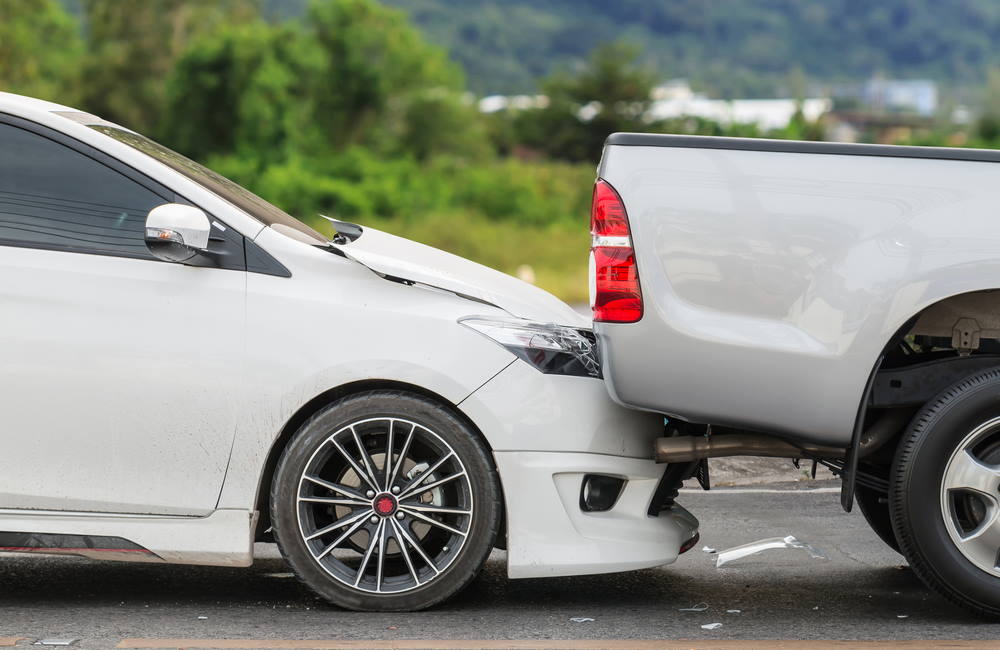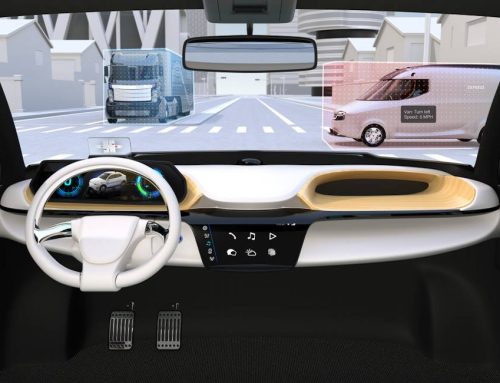Rear-end collisions account for about 20 percent of all traffic accidents, many involving injuries and even fatalities. Innovative technology now allows fleet managers to address this situation by using devices that prevent rear-end collisions in fleet vehicles.
The National Transportation Safety Board reports that Forward Collision Warning (FCW) systems such as those offered by Mobileye could help reduce injuries and deaths from rear-end collisions by 80 percent. These systems address what causes the majority of rear-end collisions: distracted drivers who don’t see that they are about to hit someone from behind until it’s too late.
Fleets increasingly adopt this innovative technology that prevents rear-end collisions and helps fleets better manage both driver safety and the enormous costs associated with crashes and collisions.
Why Rear-End Collisions Occur
For both fleet drivers and private individuals, distracted driving ranks among the leading causes of rear-end collisions. A typical scenario involves a stopped car sitting at a red light, a stop sign or in a traffic jam. Another car approaches from behind driven by someone who has taken their eyes off the roadway and does not see that traffic has stopped.
Without a system to warn them, they slam into the stopped car. This happens about 1.7 million times per year. For all drivers, it can lead to injuries and costly repairs to the vehicle. Fleets also suffer these consequences, as well as the added prospect of legal action if the fleet driver is at fault.
Drivers become distracted for a variety of reasons. They include:
- Drowsiness
- Talking on the phone
- Scrolling on their phone
- Eating or drinking
- Smoking
- Looking at something on the side of the road
Whatever the case, a driver who shifts his eyes off the road for only two seconds dramatically increases the chances of getting into an accident. In addition to distractions, drivers also can have difficulty seeing in bad weather or get surprised when a sudden hazard stops traffic (such as an accident or stalled car on the road). FCW systems gives drivers the precious seconds they need to avoid a crash.
How to Prevent Rear-End Collisions
While driver training focuses on not becoming distracted, it still happens even to the most veteran drivers. A FCW system gives them a chance to quickly make corrections if they end up in a potential crash scenario.
An FCW system warns drivers when a collision is about to occur through a visual and audio alert. Drivers get the alert up to three second before the crash will occur. Alert timing is based on the software’s ability to calculate “time to collision” based on distance to the other vehicle and current speed.
This gives drivers the chance to apply the brakes or take evasive action to prevent a rear-end collision. Just those few seconds can help prevent injuries and save fleets the cost of a crash involving one of its vehicles.
Why Crash Prevention Is Important to Fleets
All fleet managers want to reduce the number of crashes to better protect drivers. The goal of every fleet manager is to see each and every driver get home safely every night.
But crashes also come with a significant cost, even when they don’t involve an injury. The Federal Motor Carrier Safety Administration reports that the average costs of a crash involving a large truck is $91,000. A crash with injuries cost an average of $200,000, while one involving a fatality can cost $3.5 million or more. That’s why the agency uses the phrase: “Safety is good business.”
Fortunately for fleet managers, advanced software systems allow them to prevent rear-end collisions in many cases. The return on investment into FCW systems includes both sparing people from injury as well as saving the fleet the high costs of crashes and collisions.










